“Sustainable business practices and economic benefits go hand in hand” – Fraunhofer interview on the opportunities of reuse and refurbishment of IT equipment
The latest study results impressively show that professional IT remarketing can reduce greenhouse gas emissions by up to 37 percent – a strong argument for keeping used IT hardware in circulation rather than letting it go to waste. Interzero has been supporting companies in this endeavour for over 20 years. From secure logistics and certified data erasure to the resale of refurbished devices, unused hardware is turned into measurable added value.
But what exactly is behind the current calculations by Fraunhofer UMSICHT? What are the challenges in data collection, and what do the results mean for companies in practice? We spoke to Philipp Rittershaus, research associate at Fraunhofer UMSICHT, about this.

The current study results focus primarily on greenhouse gas emissions. What other environmental indicators do you consider key, and why?
Philipp Rittershaus: Although this study focuses on global warming potential, we routinely consider a variety of other environmental indicators in a comprehensive life cycle assessment (LCA). Resource use and water consumption are also of central importance here.
The manufacture of electronic devices is extremely resource-intensive. Strategies such as reuse and refurbishment extend the service life of products and thus directly contribute to reducing the extraction and consumption of primary raw materials. The water footprint is also an important indicator, as the production of components, especially semiconductors, is associated with considerable water consumption.
The data situation seems to be particularly challenging when it comes to water conservation. Why is this such a challenge from a scientific point of view?
Philipp Rittershaus: The data situation is indeed a challenge, primarily because, with the exception of Fairphone B.V., hardly any manufacturers publish scientifically verifiable data on water use. In our view, the available estimates differ mainly due to different measurement methods or, for example, insufficient differentiation between use and consumption.
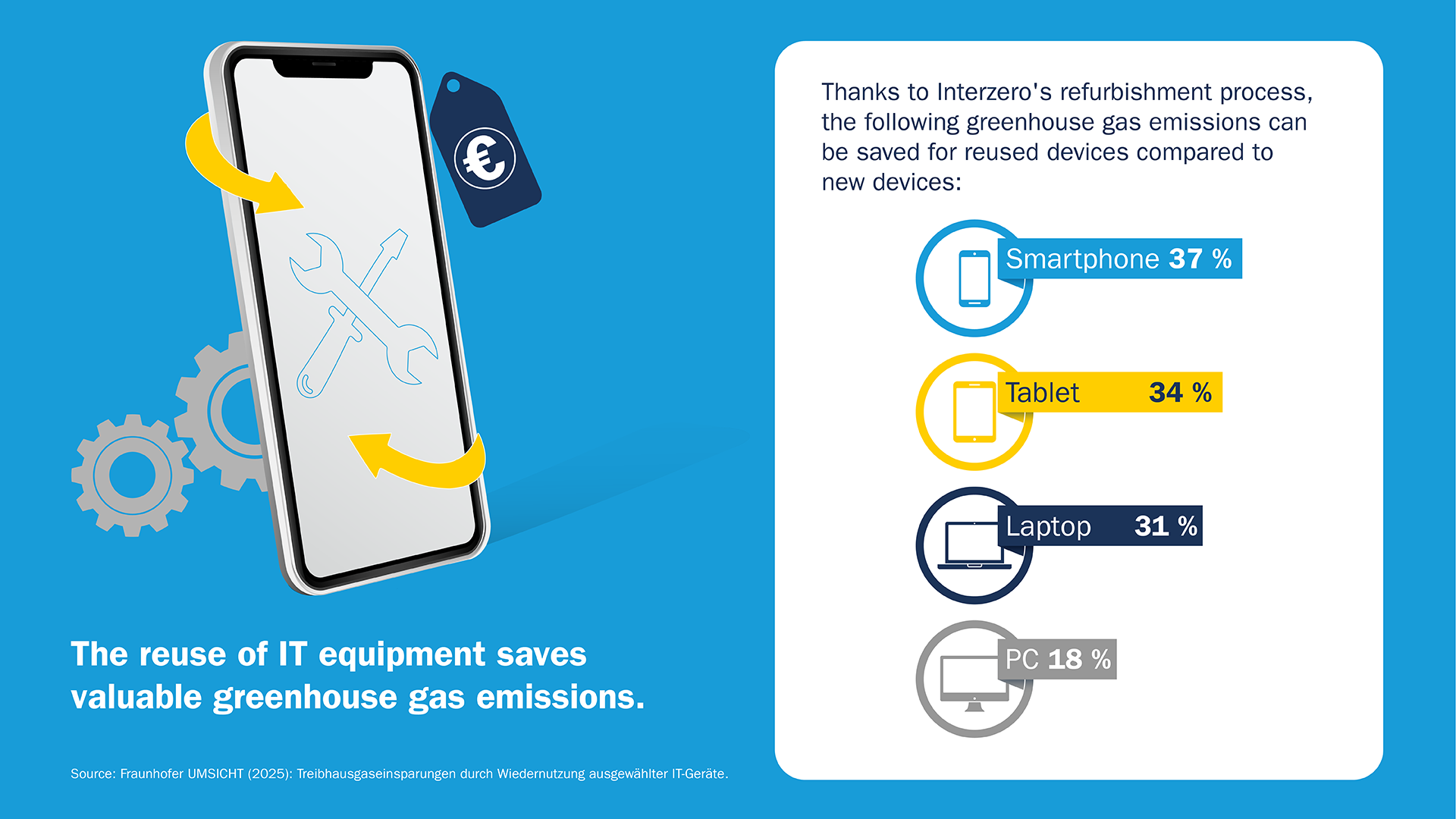
How can such key figures still be meaningfully classified and used for companies?
Philipp Rittershaus: In our study, we used the scientifically based LCA data for the Fairphone 5 as a basis and derived scaled estimates for other device types from this. For companies, such figures are useful indicators for assessing the ecological advantages of circular strategies more holistically. They make it possible to go beyond pure CO₂ emissions and highlight the contribution to conserving water and raw material resources. This not only strengthens sustainability reporting, but also serves as a sound basis for decision-making for more resource-efficient IT procurement and management.
Compared to earlier studies, the savings per device have mainly decreased. Why is that?
Philipp Rittershaus: That's right, the absolute savings per device have fallen, but the relative savings remain at a consistently high level. This is due, for example, to more efficient production. Manufacturing has become more resource-efficient thanks to reduced material usage and a higher proportion of recycled materials. The use of renewable energies also reduces the carbon footprint of new devices. On the other hand, we are seeing a negative trend in terms of consumer behaviour and sustainability. The average lifespan of electronic devices, especially smartphones, has steadily decreased in recent years.
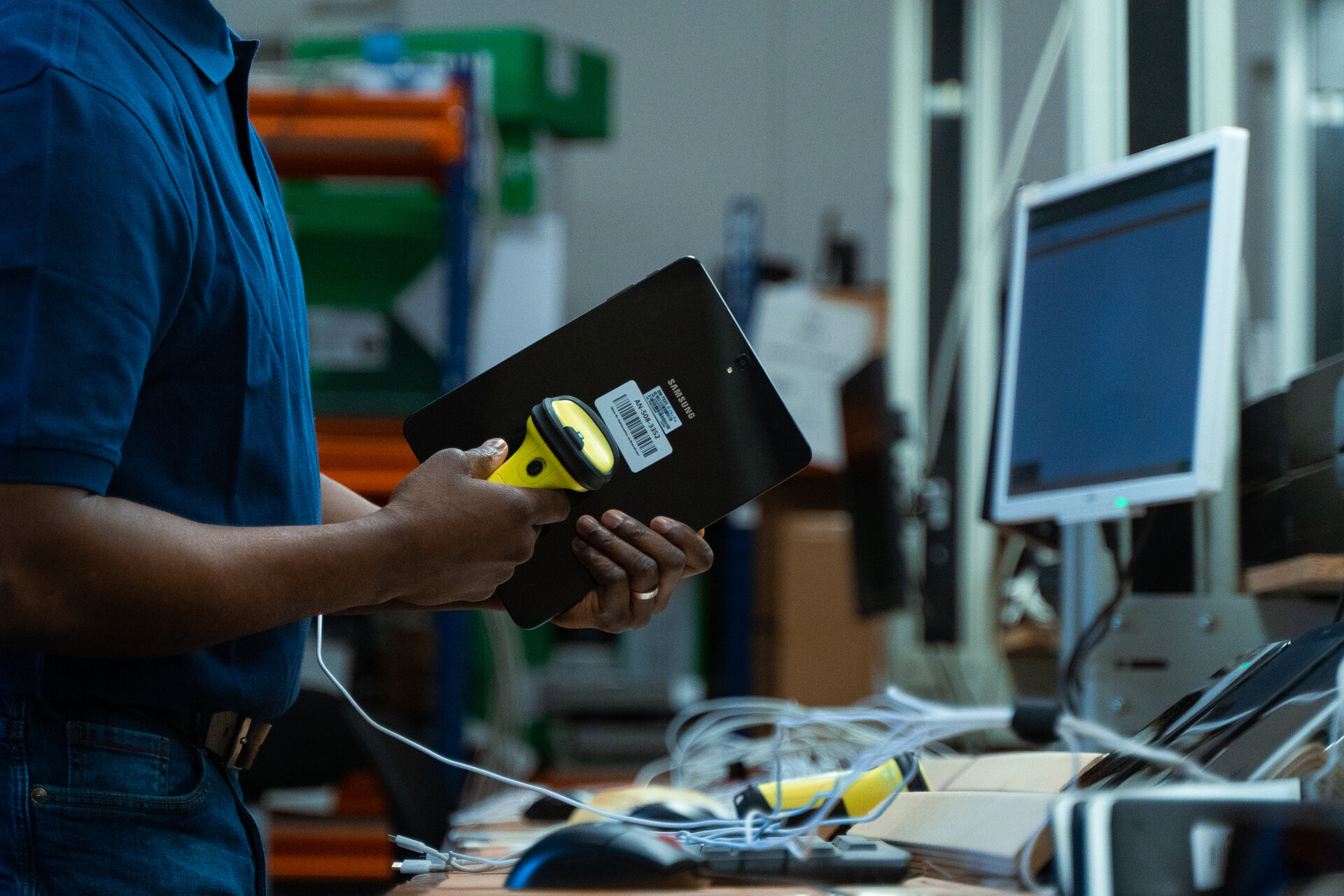
Would you say these changes reduce the importance of IT remarketing?
Philipp Rittershaus: No, not at all. In my opinion, IT remarketing is becoming increasingly important. The fact that the manufacture of new devices is becoming more environmentally friendly is encouraging. Nevertheless, the most environmentally friendly product is still the one that never has to be produced in the first place. With relative savings of up to 37 percent for smartphones, the study clearly shows that extending the service life of devices is one of the most effective strategies for reducing greenhouse gas emissions in the electronics sector.
I am also firmly convinced that approaches such as professional IT remarketing can help raise consumer awareness of the problem of ever-faster consumption cycles and reduce concerns about used devices.
And from a business perspective? What about the economic benefits of IT remarketing?
Philipp Rittershaus: The study emphasizes that circular approaches not only bring ecological benefits, but also open up economic opportunities through more efficient use of resources and new value creation potential. Companies that put their decommissioned IT hardware through a certified remarketing process can generate attractive revenue instead of incurring disposal costs. This means that sustainable business practices and economic advantages go hand in hand.
For companies, the most important conclusion is that opting for professional IT remarketing is not a niche strategy, but a decisive lever for improving their own environmental balance and making a measurable contribution to climate protection and resource conservation.
About the study:
Entitled "Greenhouse gas savings achieved by reusing selected ICT devices", the study draws on a life cycle analysis covering all phases – from resource extraction and production to distribution, use and disposal – supported by primary data from Interzero relating to all processing costs. The study analysed two scenarios: reuse (including further steps such as processing, transport and a second life) and refurbishment (including the replacement of individual components in addition to reuse). The savings determined are based on Interzero's processing methods. The life cycle analysis of smartphones and tablets focused on reuse, while laptops and desktop PCs were primarily examined for refurbishment-related GHG savings.
The full study is available free of charge via the following website: IT- und Kommunikationsgeräte | Interzero - zero waste solutions

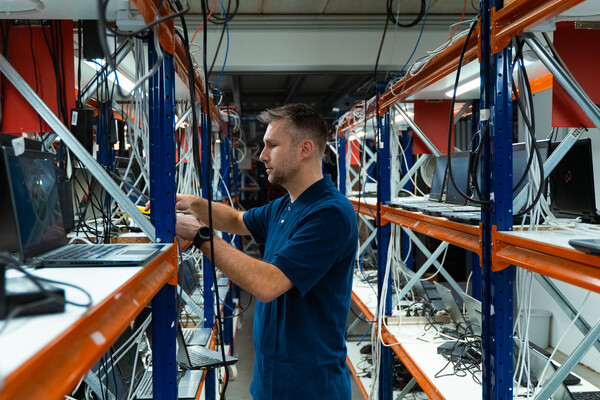
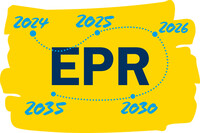
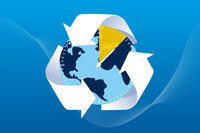
![[Translate to English - Englisch:] [Translate to English - Englisch:]](/fileadmin/_processed_/1/4/csm_230606-AGA-Tridi-Indonesia-PET-recycling_e3dcd2ad90.jpg)